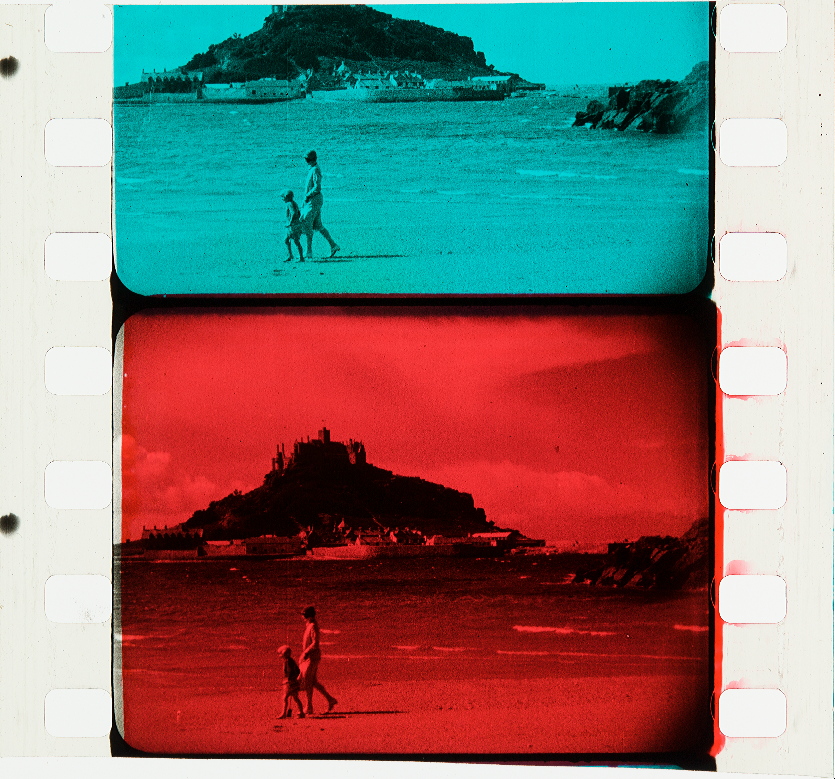William Friese-Greene (1855-1921) was known as the “father of cinematography” Born in Bristol, he was a successful photographer, with studios in Bristol, Bath and Plymouth. He is commemorated on blue plaques at Bristol’s City Hall (transferred from his birthplace at 12, College Place), at the Orpheus Cinema in Henleaze, and on the site of his former studio at 30, Union Street, Plymouth. An additional plaque at New Bond Street Place in Bath commemorates him jointly with John Arthur Roebuck Rudge, on whom more shortly.
Born simply William Edward Green, he was apprenticed to a local photographer, Maurice Guttenberg, upon leaving Queen Elizabeth’s Hospital School at the age of fourteen. At eighteen, he married a Swiss woman, Mariana Helena Friese, whose name he appended to his own. The couple moved to Bath where he met Rudge, an instrument maker and inventor, who collaborated with him in the development of moving pictures.
He registered a patent for a moving picture camera in 1889, and exhibited his first film, footage of Hyde Park Corner in London, in 1890. He continued to develop his processes throughout his life, including experimenting with a primitive form of colour film using alternating red, blue and green filters to create the illusion of colour. The stills above are from a 1924 film called The Open Road, shot by his son Claude after his death.
In 1951, Friese-Green was the subject of a highly romanticised biopic, The Magic Box, starring Robert Donat and a veritable who’s who of British character actors, including a memorable cameo from Laurence Olivier as a policeman.

